The American Southwest presents one of the most challenging environments on Earth. With blistering temperatures regularly exceeding 100°F, minimal rainfall, and vast stretches of arid landscape, water—the essence of life—is scarce. Yet, remarkably, a diverse array of animal species have not only adapted to survive in these harsh conditions but have evolved extraordinary physiological and behavioral mechanisms that allow them to thrive while consuming minimal water. From insects with specialized exoskeletons to mammals with efficient kidneys and reptiles with unique water conservation techniques, the Southwest’s desert-dwelling creatures showcase nature’s incredible adaptability. This article explores the fascinating world of animals that have mastered the art of survival in one of North America’s driest regions, examining their remarkable adaptations and the evolutionary journey that has equipped them to endure in a land where water is precious and rare.
The Desert Environment: Understanding Water Scarcity in the Southwest

The American Southwest encompasses parts of Arizona, New Mexico, Texas, Nevada, Utah, and California, characterized by diverse desert ecosystems including the Sonoran, Chihuahuan, Mojave, and Great Basin deserts. These regions typically receive less than 10 inches of annual rainfall, with some areas recording less than 3 inches. The extreme aridity results from the rain shadow effect of surrounding mountain ranges and prevailing wind patterns that divert moisture away from these lands.
Water scarcity is compounded by high evaporation rates due to intense solar radiation and temperatures that can exceed 120°F in summer months. The limited precipitation often comes in brief, intense bursts during monsoon seasons, followed by extended periods of drought. These conditions have created selective pressures over millions of years, favoring organisms that can efficiently harvest, conserve, and recycle water, or in some remarkable cases, survive with almost none at all. The animals that thrive here represent some of nature’s most innovative solutions to the fundamental challenge of water dependence.
Kangaroo Rats: Masters of Metabolic Water Production
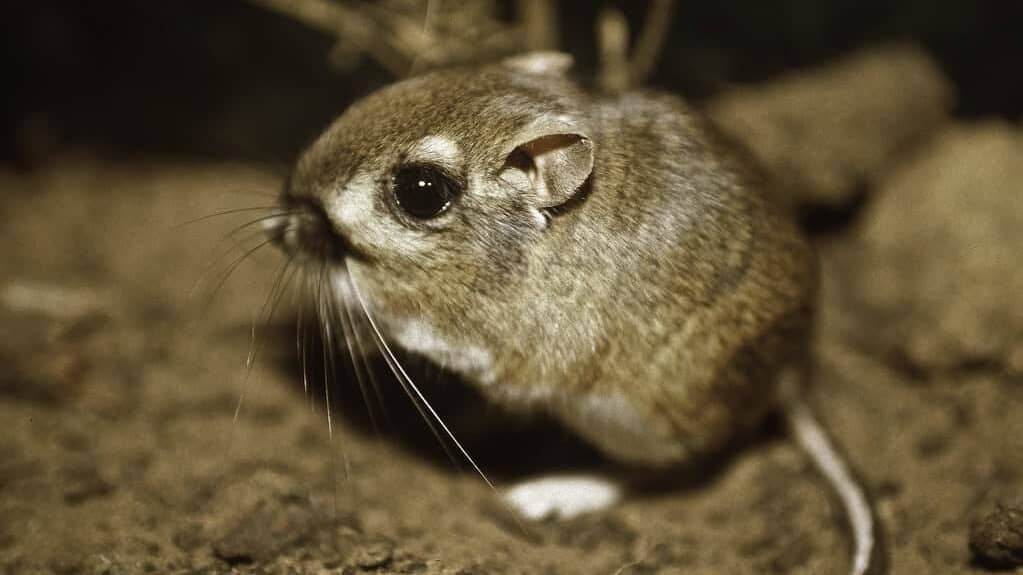
Kangaroo rats (Dipodomys species) stand as perhaps the most extraordinary examples of water independence in the Southwest’s animal kingdom. These small nocturnal rodents can survive their entire lives without ever drinking liquid water, relying instead on metabolic water—moisture produced through the oxidation of carbohydrates in seeds they consume. Their specialized kidneys concentrate urine to such an extent that it contains virtually no water, excreting waste as dry crystals and conserving nearly every drop of moisture their bodies produce.
Physiological adaptations further enhance their water conservation abilities. Kangaroo rats possess specialized nasal passages that trap moisture from exhaled breath, condensing it back into their systems rather than losing it to the dry air. They remain in underground burrows during the day where humidity is higher and temperatures are cooler, emerging only at night when water loss through evaporation is minimized. Their large eyes and acute hearing allow them to forage efficiently during brief nocturnal excursions, minimizing exposure to desiccating conditions. These remarkable adaptations make kangaroo rats true champions of desert survival, operating on a nearly closed water system in an environment where most mammals would quickly perish from dehydration.
Desert Tortoises: Long-term Water Storage Specialists
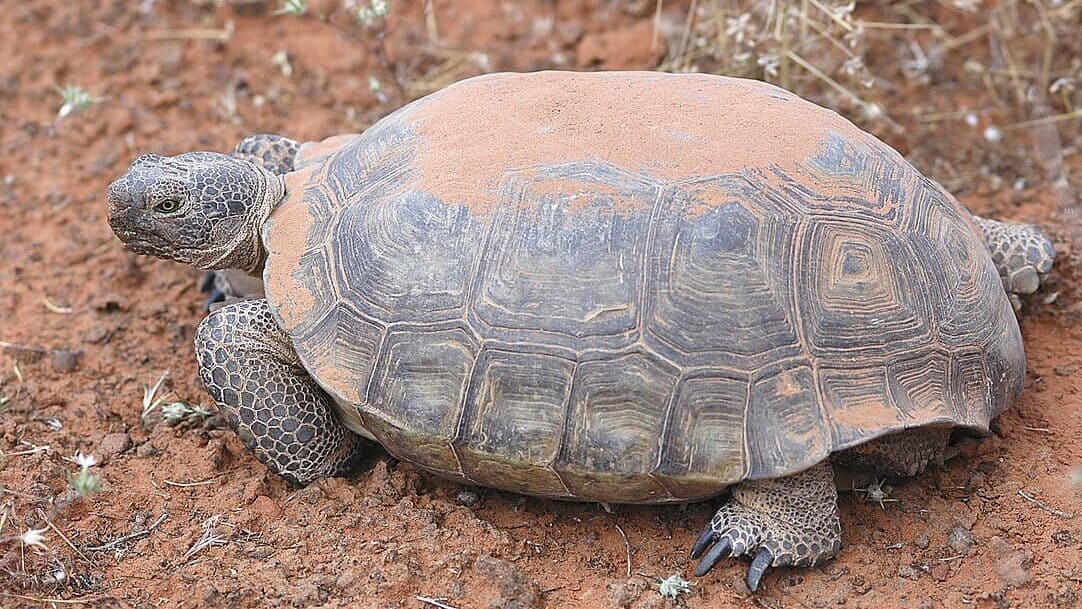
The desert tortoise (Gopherus agassizii) employs a different strategy for surviving the Southwest’s harsh conditions. These remarkable reptiles can store water in their bladders for months, creating a reservoir that sustains them through prolonged drought. Their urinary bladders are specially adapted to reabsorb water back into their bloodstream when needed, effectively recycling this precious resource. During rare rainfall events, tortoises can quickly drink up to 40% of their body weight, creating substantial reserves for the dry periods ahead.
The tortoise’s behavioral adaptations complement its physiological water conservation mechanisms. They dig deep burrows that provide refuge from extreme temperatures and reduce water loss through evaporation. During the hottest months, they enter a state of estivation—a summer dormancy that dramatically reduces their metabolic rate and water requirements. They obtain additional moisture from their diet of desert plants, particularly during spring blooms when succulent vegetation is temporarily available. Their slow metabolism and ability to concentrate waste products to conserve water have made desert tortoises successful inhabitants of the Southwest for millions of years, though they now face threats from habitat destruction and climate change that challenge even their remarkable adaptability.
Cactus Wrens: Extracting Moisture from Desert Foods

The cactus wren (Campylorhynchus brunneicapillus), the state bird of Arizona, has evolved methods to thrive in the desert without regular access to free-standing water. These birds derive nearly all their hydration needs from their diet, consuming insects, fruits, and cactus seeds that contain natural moisture. Their specialized digestive systems efficiently extract and retain water from these food sources, minimizing dependence on drinking water. During breeding seasons, they strategically consume more succulent insects and fruits, meeting the increased water demands of reproduction.
Behaviorally, cactus wrens minimize water loss through carefully timed activities. They reduce physical exertion during the hottest parts of the day, remaining in shaded microhabitats where temperatures can be significantly lower than sun-exposed areas. Their spherical, side-entry nests built in chollas and other thorny cacti create insulated environments that reduce water loss through respiration. Unlike many birds that engage in water-intensive cooling behaviors like panting, cactus wrens employ more water-efficient thermoregulation strategies. Their remarkable adaptations allow them to maintain constant presence in the Southwest’s deserts, cheerfully announcing their territory with loud, raspy calls even during periods when water sources have completely disappeared.
Gila Monsters: Seasonal Hydration and Water Storage
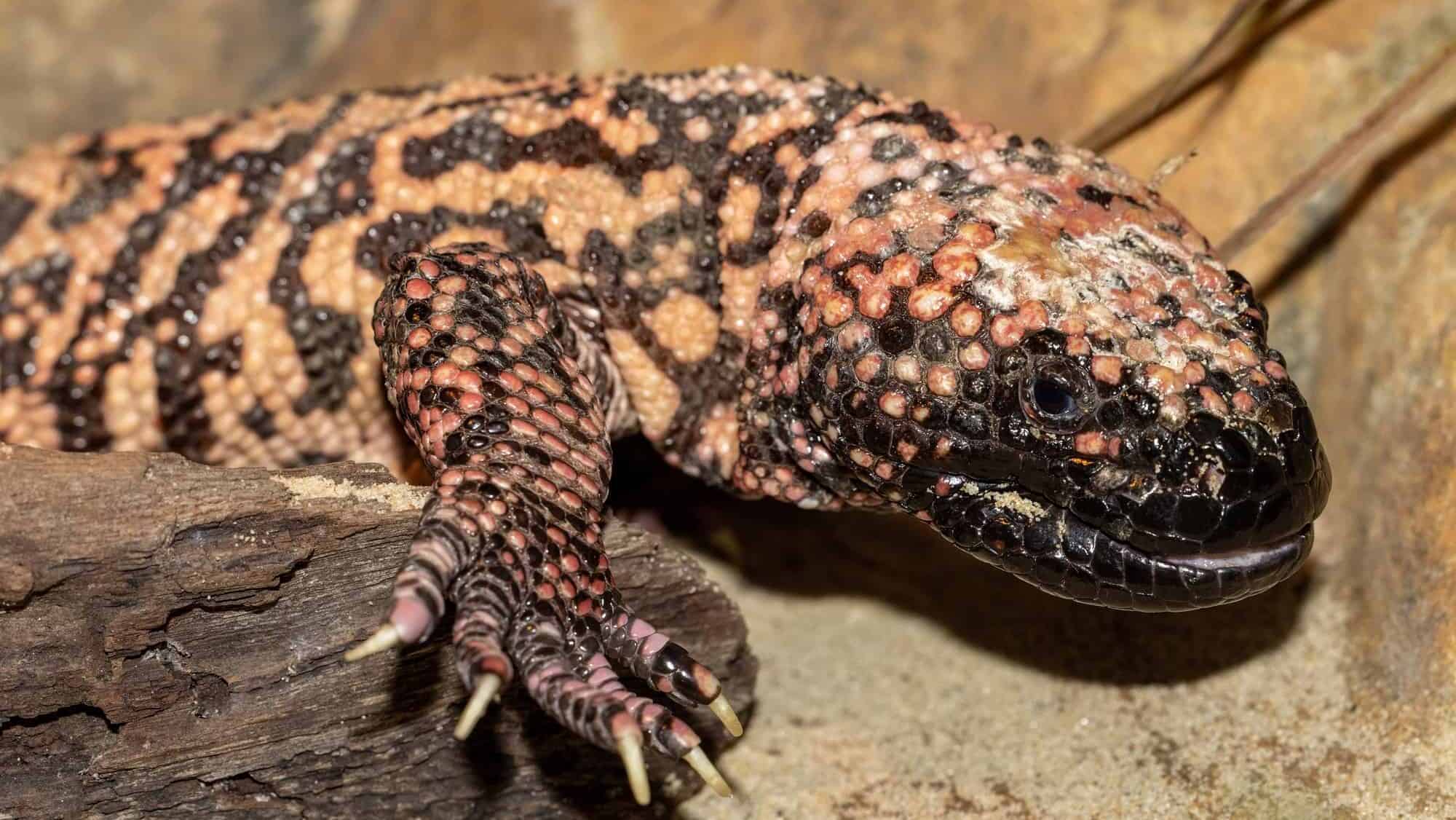
The Gila monster (Heloderma suspectum), one of only two venomous lizards native to North America, employs a seasonal approach to water management. These distinctive reptiles store water and energy reserves in their tails and bodies, creating resources that sustain them through months of inactivity. During brief spring rains, Gila monsters emerge to drink directly, storing water in specialized bladder structures and tissues. They can increase their body weight by up to one-third during these drinking sessions, creating substantial reserves for the dry seasons ahead.
Their slow metabolism and specialized physiology minimize water requirements throughout the year. Gila monsters spend up to 95% of their time in underground burrows where humidity is higher and evaporative water loss is reduced. They emerge primarily during monsoon seasons when prey is abundant, feeding infrequently but efficiently on bird eggs, small mammals, and other lizards—meals that provide both nutrition and moisture. Their thick, beaded skin reduces water loss through transpiration, while specialized scales minimize evaporation from body surfaces. Though increasingly threatened by habitat loss and climate change, the Gila monster’s water conservation strategies have allowed it to persist in the Southwest’s deserts for millions of years, a living testament to the power of evolutionary adaptation.
Desert Pupfish: Surviving in Extremely Saline Waters
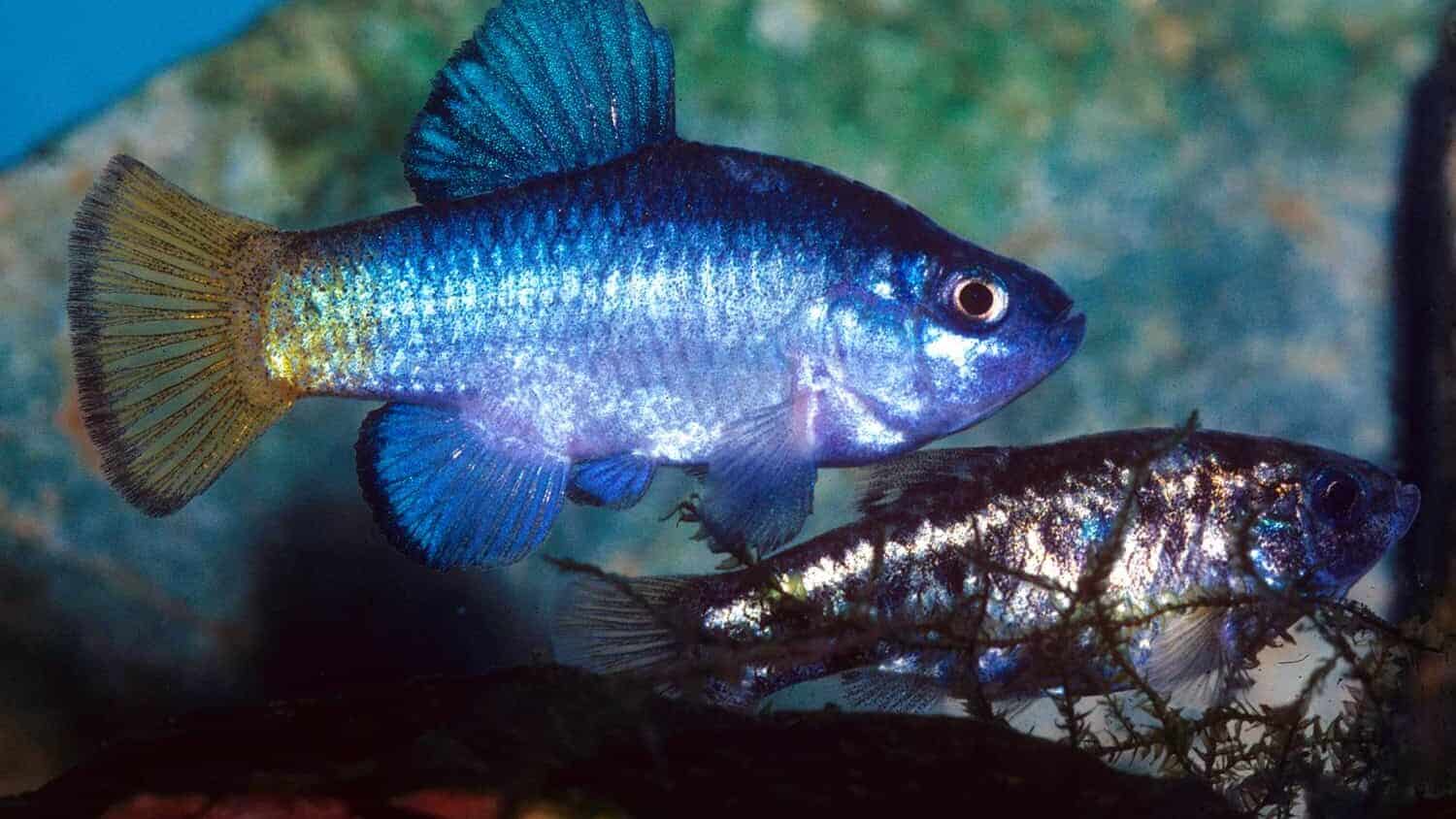
While not strictly surviving without water, desert pupfish (Cyprinodon species) demonstrate remarkable adaptability to water conditions that would be lethal to most aquatic organisms. These small fish inhabit isolated springs, streams, and pools throughout the Southwest, some of which can reach salinities exceeding seawater and temperatures above 100°F during summer months. As these water sources evaporate and become increasingly concentrated with minerals, pupfish employ specialized osmoregulatory systems that maintain their internal water balance despite the challenging external environment.
Their physiological adaptations include modified gill structures that efficiently extract oxygen from warm, low-oxygen waters and specialized cells that actively manage salt concentrations in their bodies. Desert pupfish can tolerate extreme daily and seasonal fluctuations in water temperature, oxygen levels, and salinity—conditions that would rapidly kill most fish species. Different pupfish populations have evolved unique adaptations to their specific isolated habitats, creating a diverse array of subspecies that showcase evolution in action. Unfortunately, many desert pupfish populations are now critically endangered due to groundwater pumping, habitat modification, and introduction of non-native species, threatening these remarkable examples of adaptation to extreme aquatic environments in the Southwest’s deserts.
Darkling Beetles: Harvesting Water from Fog
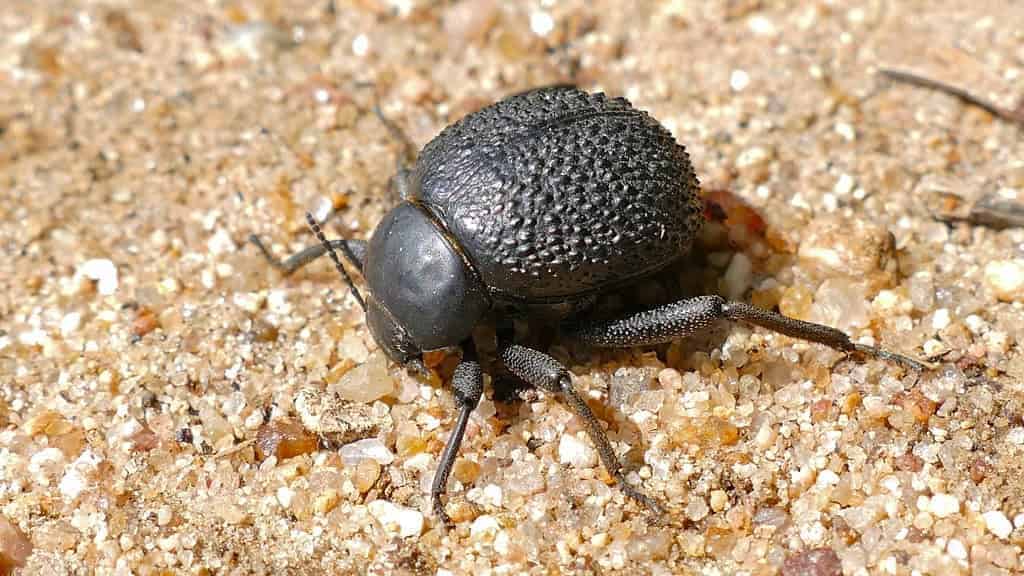
Darkling beetles, particularly the Namib desert beetle (Stenocara gracilipes) which has inspired similar adaptations in Southwestern species, demonstrate one of nature’s most innovative approaches to water acquisition in arid environments. These insects have evolved specialized surfaces on their exoskeletons that capture moisture from morning fog and direct it to their mouths. The beetles position themselves on dune crests where fog is most likely to pass, facing into the wind with their bodies tilted at an optimal angle for water collection. Their wing covers feature alternating hydrophobic (water-repelling) and hydrophilic (water-attracting) regions that cause moisture to condense into droplets that then flow toward the beetle’s mouth.
Southwestern darkling beetles also employ behavioral adaptations to maximize water conservation. They remain underground during daylight hours, emerging only in the cooler evening when humidity is higher and evaporative water loss is reduced. Their waxy exoskeletons minimize water loss through transpiration, while their efficient excretory systems recover moisture from waste products before elimination. Some species can absorb water directly through their exoskeletons from brief rainfall events. These remarkable adaptations allow darkling beetles to maintain water balance in environments where visible water sources may be entirely absent for months or years at a time, demonstrating evolutionary ingenuity in addressing the fundamental challenge of hydration in desert ecosystems.
Jackrabbits: Thermoregulation and Water Conservation
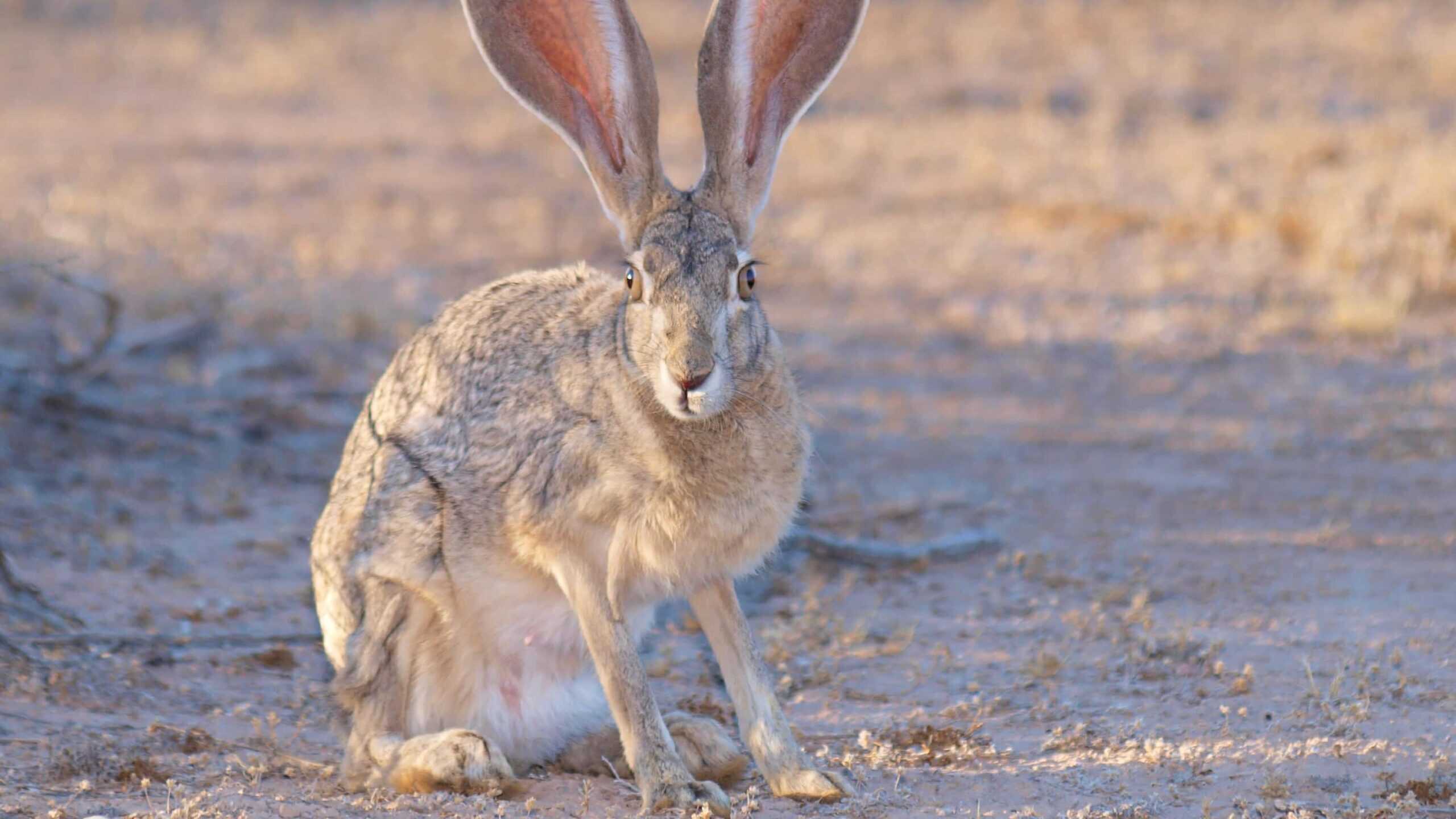
The black-tailed jackrabbit (Lepus californicus) and antelope jackrabbit (Lepus alleni) common throughout the Southwest employ sophisticated thermoregulatory adaptations that dramatically reduce their water requirements. Their oversized ears serve as natural radiators, containing dense networks of blood vessels close to the skin surface that dissipate heat without water-intensive cooling mechanisms like sweating or panting. By regulating blood flow to these enlarged ears, jackrabbits can release excess body heat into the environment, maintaining optimal body temperature while conserving precious water resources.
Jackrabbits derive nearly all their water from their plant-based diet, selectively foraging on vegetation with higher moisture content during drier periods. Their specialized digestive systems extract maximum water from food, while their efficient kidneys produce highly concentrated urine to minimize water loss. Behaviorally, they remain inactive in shaded depressions called “forms” during the hottest parts of the day, emerging to feed primarily at dusk and dawn when temperatures are lower and plants contain more moisture due to relative humidity changes. Their remarkable ability to survive without drinking free water has allowed jackrabbits to maintain healthy populations throughout the Southwest’s deserts, adapting to increasingly arid conditions as climate patterns shift across their range.
Desert Bighorn Sheep: Efficient Water Utilization
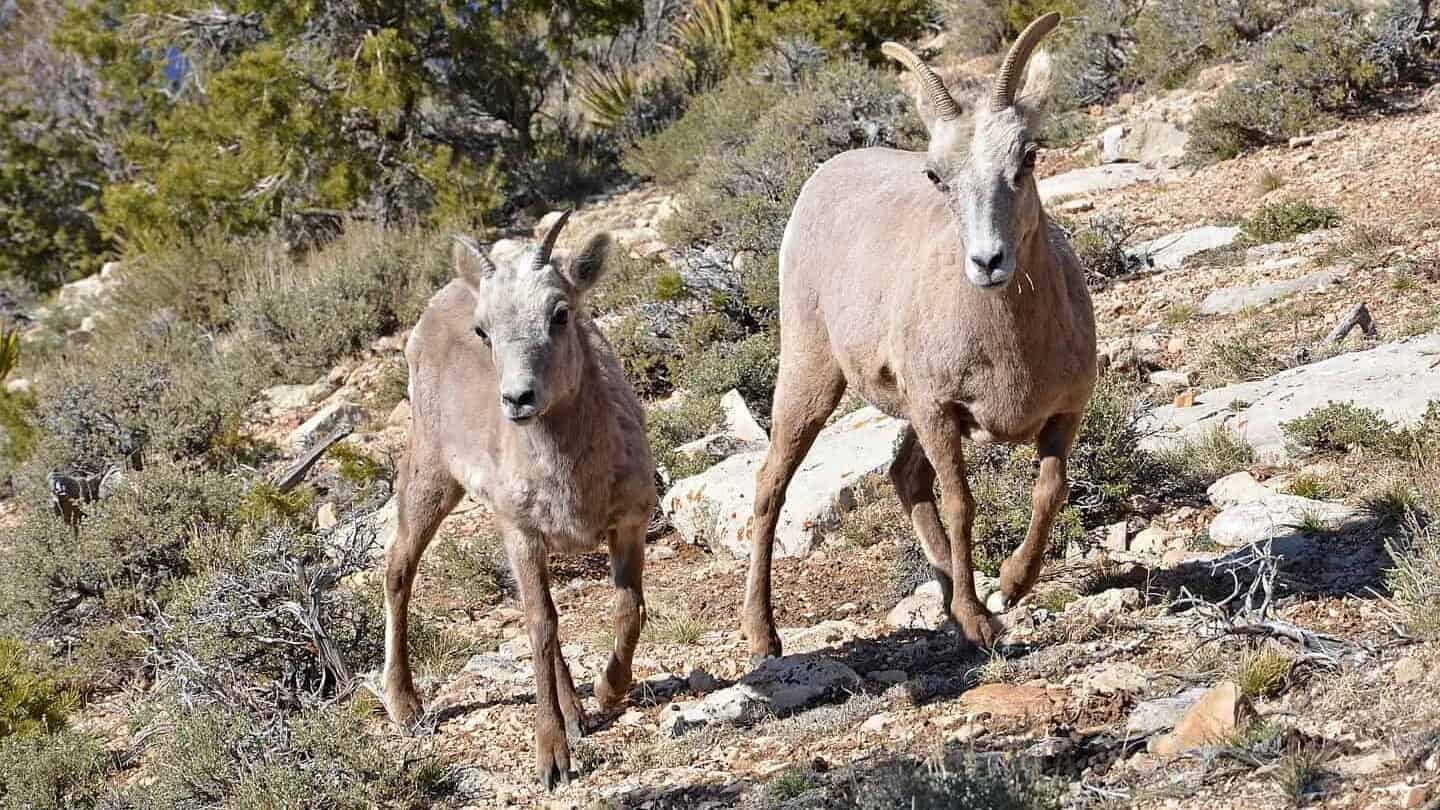
Desert bighorn sheep (Ovis canadensis nelsoni) represent one of the largest mammals that can survive extended periods without drinking water in the Southwest’s arid landscapes. While they do require occasional access to water sources, particularly during summer months, they demonstrate remarkable adaptations for minimizing water requirements. Their specialized kidneys produce highly concentrated urine, extracting maximum moisture before waste elimination. During cooler seasons, desert bighorns can derive sufficient moisture from their plant diet alone, allowing them to range far from permanent water sources.
Their behavioral adaptations further enhance water conservation. Desert bighorns carefully time their activities to avoid the most water-demanding conditions, feeding primarily during early morning and late evening hours when vegetation contains more moisture and their water requirements for thermoregulation are lower. They seek shaded resting locations during midday heat, often in caves or north-facing cliff recesses where temperatures can be significantly cooler. Their digestive systems extract maximum moisture from consumed vegetation, while their efficient respiratory systems minimize water loss through exhalation. Though populations have declined significantly due to disease, habitat fragmentation, and competition with introduced species, desert bighorn sheep remain iconic examples of large mammal adaptation to the water-limited environments of the Southwest.
Western Diamondback Rattlesnakes: Minimal Water Requirements

The Western diamondback rattlesnake (Crotalus atrox) epitomizes reptilian adaptation to water scarcity in the Southwest. These efficient predators can survive months or even years without drinking, deriving nearly all their moisture needs from the prey they consume. Their specialized digestive systems extract maximum water from their meals, while their efficient excretory systems produce dry, uric acid-based waste that contains minimal water. Unlike mammals that lose water through respiration and sweating, rattlesnakes’ scales create an essentially waterproof barrier that prevents evaporative moisture loss.
Behaviorally, diamondbacks carefully manage exposure to desiccating conditions. They remain in underground retreats during extreme heat, emerging primarily during dawn, dusk, or nighttime hours when humidity is higher and water loss is minimized. During extended drought periods, they can enter a state of dormancy that dramatically reduces their metabolic requirements, including water needs. Their patience as ambush predators minimizes energy expenditure and associated water demands, allowing them to wait for days or weeks in a single hunting location. This suite of adaptations enables Western diamondbacks to maintain stable populations throughout the Southwest, even in areas where standing water may be entirely absent for years at a time.
Scorpions: Extreme Water Conservation Champions

Scorpions, particularly the desert hairy scorpion (Hadrurus arizonensis) and stripe-tailed scorpion (Hoffmannius spinigerus) found throughout the Southwest, demonstrate perhaps the most extreme water conservation adaptations in the animal kingdom. Their highly efficient exoskeletons are covered with a complex waxy layer that creates a nearly impermeable barrier to water loss. This adaptation is so effective that scorpions have the lowest water loss rate of any land arthropod, allowing them to survive in environments where even morning dew is scarce. Their metabolism is remarkably slow, requiring minimal water for basic life functions.
Scorpions obtain nearly all their moisture from their prey, extracting water efficiently from even the smallest meals. They can slow their metabolism to extraordinary levels during food scarcity, with some species capable of reducing their oxygen consumption by up to 75% of normal resting rates. This allows them to survive not just water scarcity but also food shortages that would be fatal to most animals. They remain in underground burrows during daylight hours, emerging only at night when humidity is higher and water loss is minimized. Some desert scorpions can survive losing up to 30% of their body weight to dehydration, then rapidly rehydrate when moisture becomes available. These extraordinary adaptations make scorpions among the most successful desert animals, having remained essentially unchanged for hundreds of millions of years.
Conservation Challenges: Protecting Desert Water Specialists
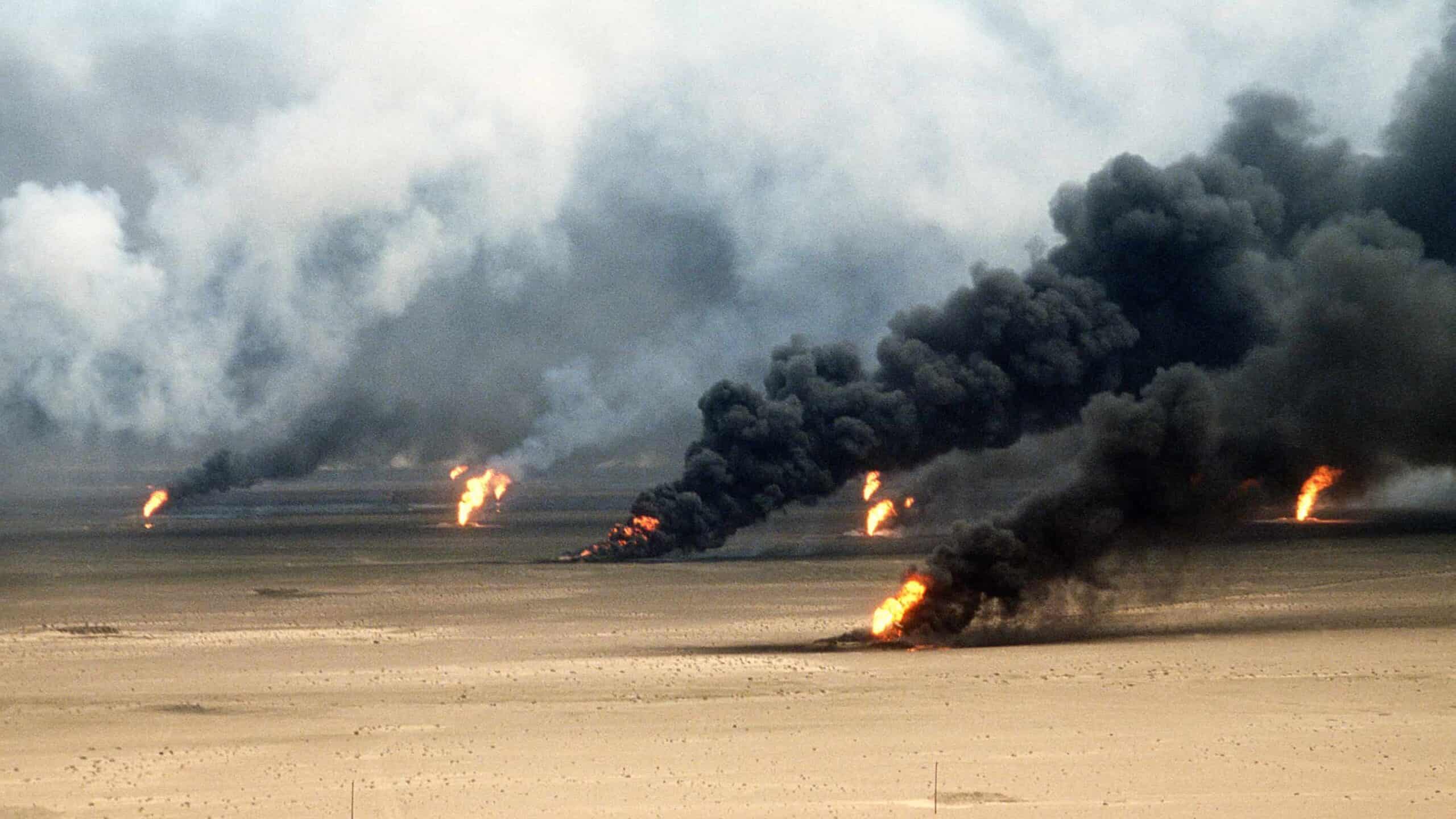
Despite their remarkable adaptations, many of the Southwest’s water-independent species face significant conservation challenges in the 21st century. Climate change is intensifying the already harsh conditions of the region, with higher temperatures, reduced precipitation, and more frequent extreme drought events pushing even these specialized animals to their physiological limits. Groundwater pumping for agriculture and urban development has lowered water tables and eliminated many natural springs and seeps that provided critical moisture resources during extreme conditions. Habitat fragmentation from development, roads, and border barriers disrupts movement patterns that historically allowed animals to access scattered water resources across the landscape.
Invasive species introduction represents another significant threat. Non-native plants often consume more water than native vegetation, altering the delicate moisture balance of desert ecosystems. Introduced animals may outcompete native species for limited water resources or prey on water-adapted species. Conservation efforts focusing on protecting intact desert landscapes, maintaining natural water regimes, creating wildlife water developments in strategic locations, and educating the public about the value of these remarkable animals are essential for ensuring their continued survival. The specialized water conservation adaptations that evolved over millions of years may prove insufficient in the face of rapid anthropogenic environmental change unless concerted conservation action is taken.
The water-independent animals of the Southwest represent some of nature’s most remarkable evolutionary achievements. Through specialized physiological adaptations, behavioral strategies, and efficient life cycles, these organisms have solved one of life’s most fundamental challenges: surviving in an environment where water—the essential medium for biological processes—is scarce and unpredictable. From kangaroo rats that never need to drink to scorpions with nearly waterproof exoskeletons, these animals demonstrate the incredible range of solutions that
- 10 Unique Animal Species That Can Only Be Found in the United States - August 15, 2025
- 10 Amazing Animals You Can Only Find in the United States - August 15, 2025
- 10 Times Tornadoes Flattened Entire Towns in the Midwest - August 15, 2025

